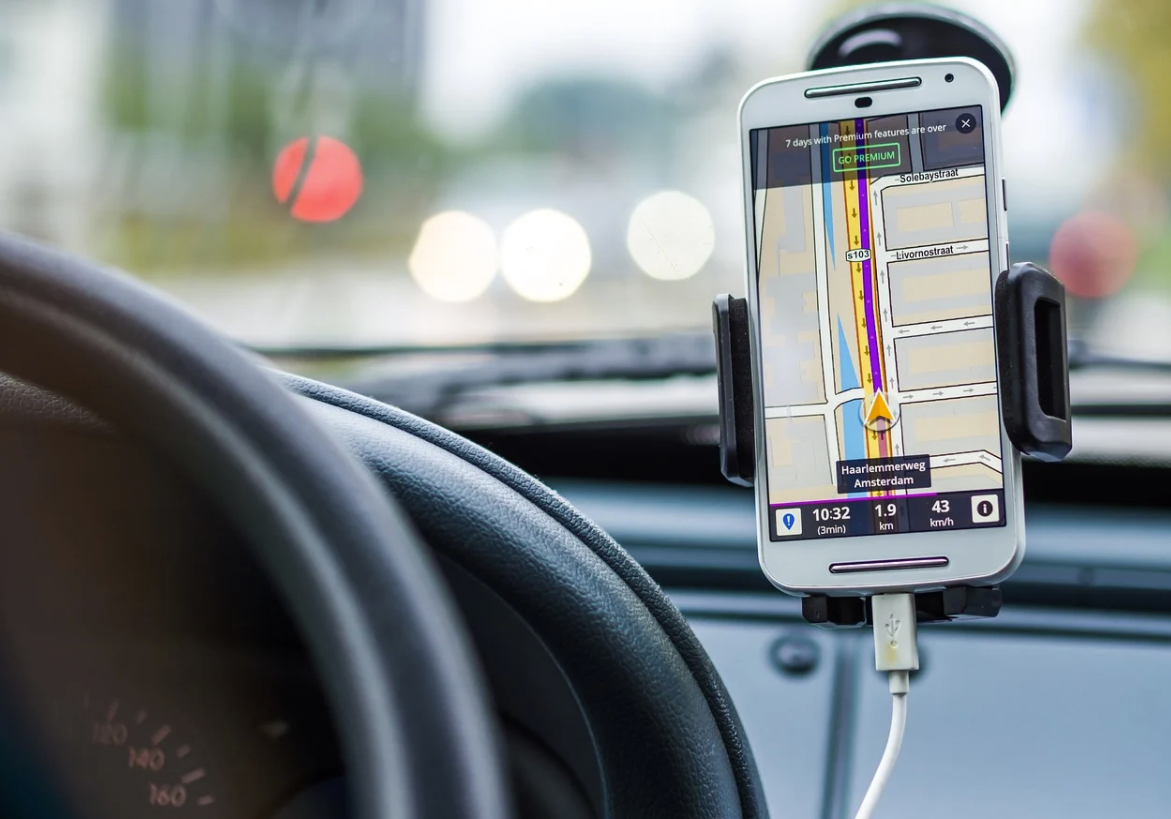As we all know, driver distraction is among the top causes of road collisions. It is in fact estimated that 1 every four crashes involves phone use. While reducing the use of personal or vehicle technology is needed and feasible in many cases, there are however some exceptions to this rule.
Emergency vehicle operators like ambulance or police car drivers are in fact exempt from many restrictions, according to the Highway Traffic Act. There are also professions like commercial driving where the use of portable dispatch devices is part of the job description.
This brings us to the question of how can we reduce distraction in these workplaces?
One way could be by providing better training. Despite there being virtually no evidence that distraction can be fully trained away, cognitive research shows that extensive practice can reduce the attentional component of completing simple experimental tasks. Hypothetically, training programs could be developed that reduce the cognitive component of certain driving tasks.
A second possibility would be to design down the distracting effect of using communication technology. What I mean by this is to design technology that adopts modalities that require lower cognitive, manual, or visual demand. In a recent study, we found that certain off-the-shelf infotainment systems were in fact "better" than vehicle's native technology.
These offer possible avenues that should be explored when attempting to tackle the disruptive effect of distraction on road safety.
References
https://aaafoundation.org/wp-content/uploads/2018/06/AAA-Phase-6-CarPlay-Android-Auto-FINAL.pdf

